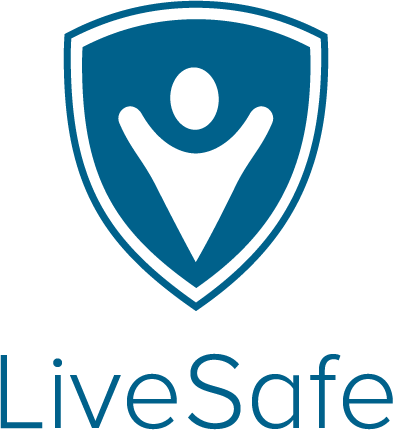Be an ACTive Bystander
What is a Bystander?
A bystander is anyone who is a witness to a potentially harmful situation but may not know what to do to help. In most situations, bystanders believe that someone else will intervene. At some point, all of us have been bystanders. We may have seen or heard something that could escalate into an act of sexual misconduct (sexual assault, dating violence, domestic violence, stalking, sexual harassment, and sexual exploitation) but may not have acted.
Scenario 1: You are at an off-campus party, and you see someone that seems to be pressuring your friend, who is already drunk, to keep drinking. You are worried that if you confront the person, it may start a physical fight.
Scenario 2: You are at the campus dining hall and notice a couple arguing loudly. You are concerned that someone will get hurt, but you don’t want to make a scene.
In both instances, a bystander would notice the situation but do nothing to intervene.
What is an ACTive Bystander?
An ACTive bystander is a witness to a potentially harmful situation who steps in, speaks up and/or seeks help. The ACTive bystander has the power to change the outcome of a negative situation by intervening.
ACTive bystanders intervene by:
- A-Assessing the situation
- C-Choosing the best action
- T-Taking action
Scenario #1: You are at an off-campus party, and you see someone that seems to be pressuring your friend, who is already drunk, to keep drinking. You know that this could lead to a potentially harmful situation. You intercede by pulling your friend aside and letting her know that you are concerned for her safety. You offer to leave the party early and drive her to her dorm room.
Scenario #2: You are at the campus dining hall and notice a couple arguing loudly. You are concerned that someone will get hurt, so you alert a campus safety officer that a disturbance is taking place.












